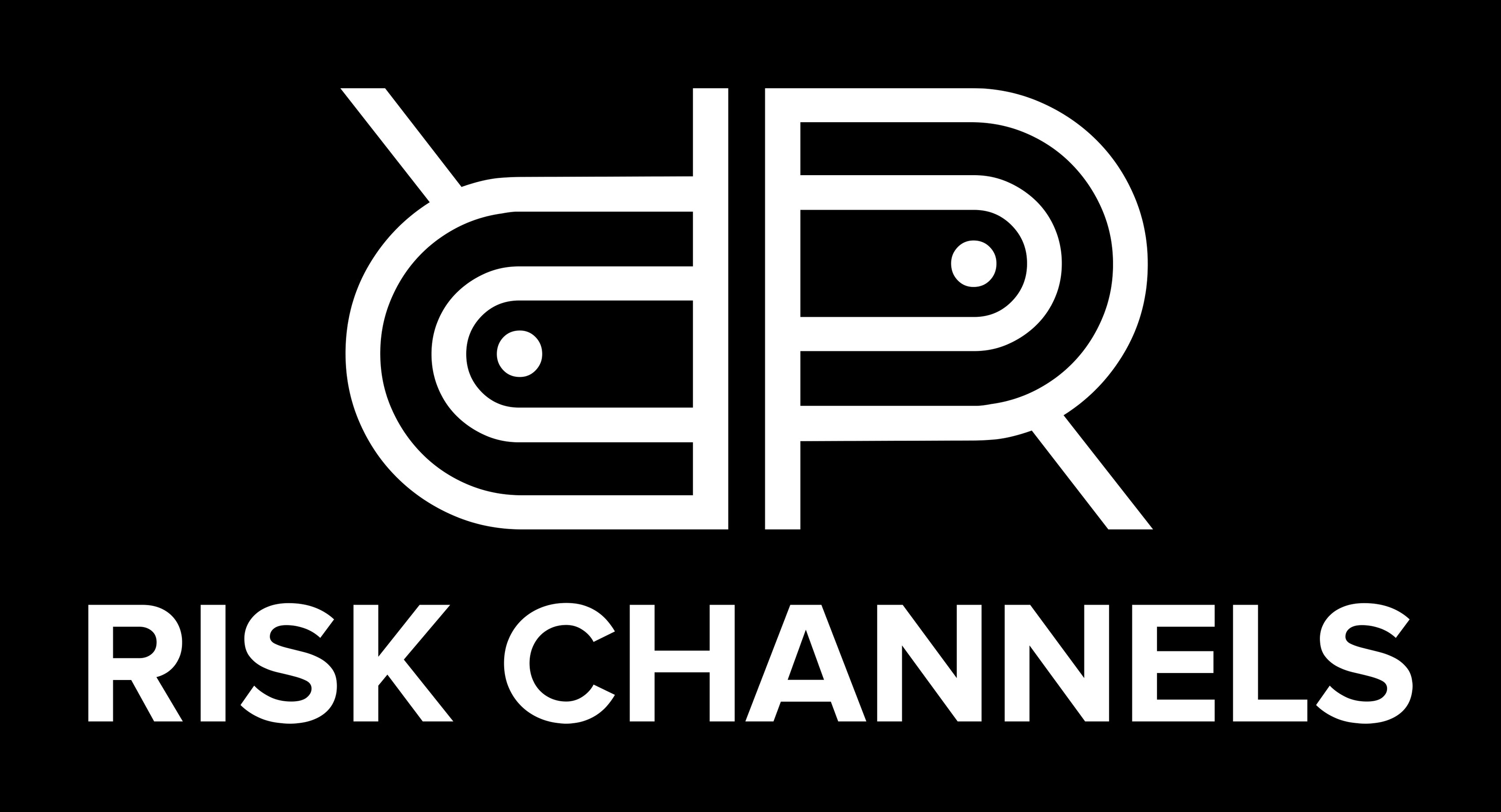Episodes

Thursday Mar 06, 2025
FITNESS, STEROIDS, AND INSURANCE?
Thursday Mar 06, 2025
Thursday Mar 06, 2025
In today's episode, we dive into the growing steroid epidemic in the fitness industry and its impact on health insurance.

Friday Feb 28, 2025
ARE YOU AT RISK FOR SCAMS?
Friday Feb 28, 2025
Friday Feb 28, 2025
In today's episode, we discuss the rise of online scams, share our personal experiences dealing with them, and more!

Thursday Feb 20, 2025
ICE, SNOW, AND ACCIDENTS
Thursday Feb 20, 2025
Thursday Feb 20, 2025
In today's episode, we dive into the brutal Northeast winters and share our most dangerous experiences battling the cold!

Thursday Feb 13, 2025
THE SUPER BOWL AND PROPERTY DAMAGE??
Thursday Feb 13, 2025
Thursday Feb 13, 2025
In this week's episode, we discuss the damaging effects of the Philadelphia Eagles' Super Bowl win on property and more!

Friday Feb 07, 2025
IS TIKTOK COOKED??
Friday Feb 07, 2025
Friday Feb 07, 2025
In today's episode, we talk about the looming threat of the TikTok ban and its overall impact on the culture.

Thursday Oct 05, 2023
ARE YOU PREPARED FOR AN ACCIDENT??
Thursday Oct 05, 2023
Thursday Oct 05, 2023
In this episode, we discuss accidents and share our own experiences to explore there impact.
Stay connected with us on social media:
Instagram: https://www.instagram.com/ez_insurance/?hl=en
YouTube: https://www.youtube.com/channel/UCkIzuBtj7PRss3ZrSBQoT5g/featured
LinkedIn: https://www.linkedin.com/company/asz-international-inc-/
Facebook: https://www.facebook.com/ASZInsurance
Twitter: https://twitter.com/ASZAssociates

Thursday Sep 21, 2023
What Would your Dream Job Be?
Thursday Sep 21, 2023
Thursday Sep 21, 2023
In this weeks episode, Rephael and Jeremy talk about dream jobs and the endless possibilities that come with having an open mind in the real world.
Stay connected with us on social media:
Instagram: https://www.instagram.com/ez_insurance/?hl=en
YouTube: https://www.youtube.com/channel/UCkIzuBtj7PRss3ZrSBQoT5g/featured
LinkedIn: https://www.linkedin.com/company/asz-international-inc-/
Facebook: https://www.facebook.com/ASZInsurance
Twitter: https://twitter.com/ASZAssociates

Thursday Sep 14, 2023
Preparing for a Natural Disaster: What You Can Do”
Thursday Sep 14, 2023
Thursday Sep 14, 2023
In this week's episode, we explore preparations for natural disasters and share our personal experiences.
Stay connected with us on social media:
Instagram: https://www.instagram.com/ez_insurance/?hl=en
YouTube: https://www.youtube.com/channel/UCkIzuBtj7PRss3ZrSBQoT5g/featured
LinkedIn: https://www.linkedin.com/company/asz-international-inc-/
Facebook: https://www.facebook.com/ASZInsurance
Twitter: https://twitter.com/ASZAssociates

